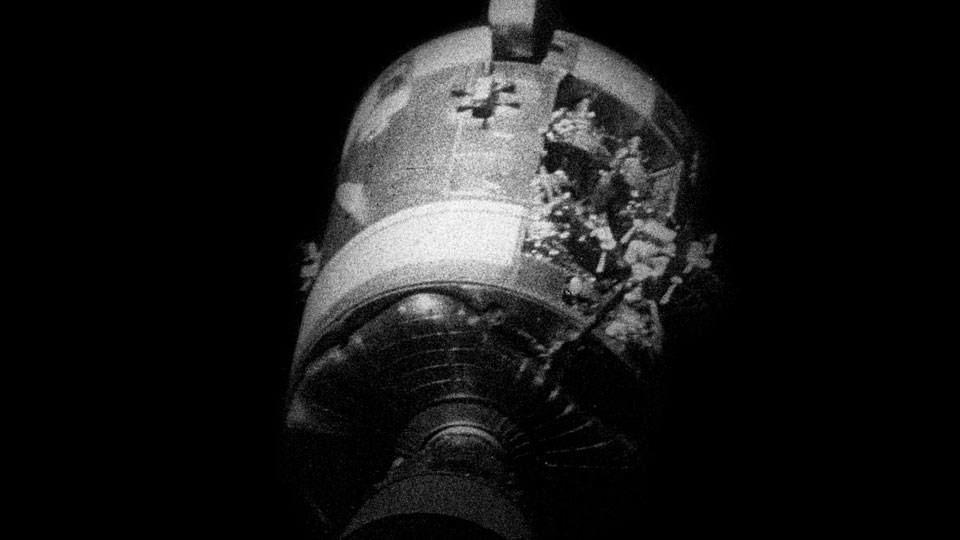
The birth of digital twins. Retold by Nextspace

The unequivocal benefit of data-driven replicas was made famous in 1970, when spacecraft Apollo 13’s Oxygen Tank #2 malfunctioned mid-flight to the Moon. Apollo 13’s Command Module rapidly lost its oxygen, water, electrical power and propulsion system. In an unforeseen crisis where seconds counted, NASA engineers back on Earth used real-time data readings from the spacecraft to identify and resolve issues the astronauts couldn’t see. Calculating minutes to relocate the team to the lunar landing module, identifying essential system shutdowns, DIY-ing a life-saving carbon-dioxide absorber, and running atmospheric re-entry simulations using Apollo 13’s physical twin back on Earth.
NASA Chief Flight Director Gene Kranz's quoted in the movie "Apollo 13" sums it up:
I don’t care what anything was designed to do. I care about what it can do.
What wasn’t included in Hollywood’s Apollo 13 movie were the causes of the drama. Oxygen Tank #2’s internal fill line was damaged after use in Apollo 10. Apollo 10’s thermostatic switches were reused but not upgraded from 28 volts to the 65 volts required by the Apollo 13 mission. Thirdly, the tank did not correctly empty in pre-flight testing but was passed as ok for flight. Pipe damage, a 37 volt mismatch, and a blocked valve. Everyday issues you’d experience with any infrastructure. Minor flaws with consequential issues that humans didn’t detect. Parts manufactured and assembled by different teams, using different blueprints and quality assurance systems. These are the everyday issues digital twins address.
The concept of digital twins was anticipated in 1991 in the book Mirror Worlds. In 2002 Dr Michael Grieves applied a Mirrored Spaces model to Product Lifecycle Management teaching at the University of Michigan, using the term Mirrored Spaces Model. He continued evolving the concept, renaming it the Information Mirroring Model in 2006.
In 2010 a team at NASA laid out a roadmap to maintain NASA's leadership in materials, structures, mechanical systems and manufacturing which called for 5 disciplines to collaborate:
- lightweight structure;
- computational design;
- flexible material systems;
- environment (protection and performance);
- and special materials and processes.
The Executive Summary of the report contained the first mention of a "Digital Twin". The culmination of these products is a Virtual Digital Fleet Leader (VDFL), described in more detail below that provides a Digital Twin of the flight system with comprehensive diagnostic and prognostic capabilities to enable continuous safe operation throughout the service life of [the] system.
Following this, Dr Grieves and John Vickers teamed up and popularized the term "Digital Twins".
As visual-first digital twins (CAD, BIM, GIS) were commercialised across construction, manufacturing and other industries, development vendors began to develop proprietary digital twin platforms. Despite this, data-first digital twins remained exclusive and expensive. However multiple recent technology advances have removed key technical obstacles and exploded the potential global impact of digital twins.
The convergence for a universal solution has arrived.
The next space.



